How this long-forgotten piece of Fort Worth history found a home in a North Texas yard
When Kennedale residents David and Kay Hunn found an ad in the Star-Telegram for a “Historical Water Fountain, granite 6ft” in 1991, the couple had no idea their purchase would recover a long-forgotten piece of Fort Worth history.
Though the ad lacked description, the simple “historical” reference was all it took for the couple to make the trip to check out the listing.
“We’re into history, we think history should be preserved, and when it said ‘historical fountain, granite 6ft diameter’, that was just intriguing,” David said. “I was expecting something, you know a small little concrete thing but when we saw this magnificent granite bowl and cap I said ‘My goodness, that’s beautiful.’”
The artifact ended up being a six-foot diameter granite bowl partially sunk into the ground and used by a Fort Worth area rancher as a watering trough for his cattle. The rancher told the Hunns he bought it from a Fort Worth salvage sale years before and was told it once stood outside a courthouse or an official building.
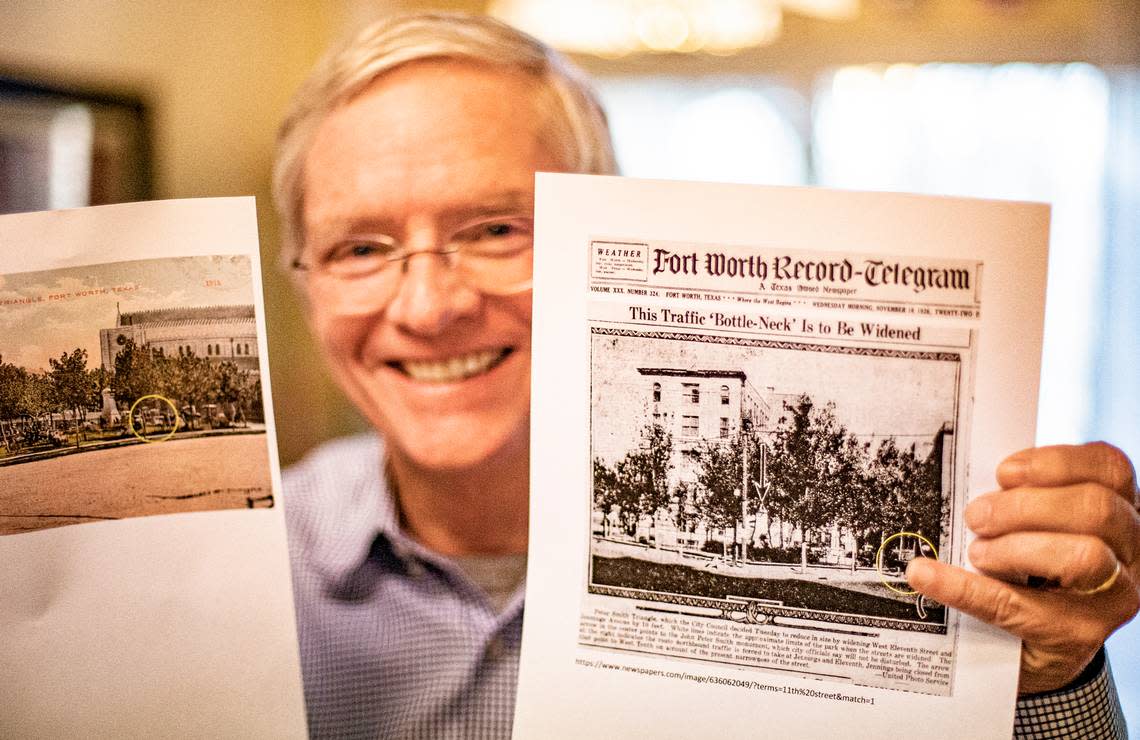
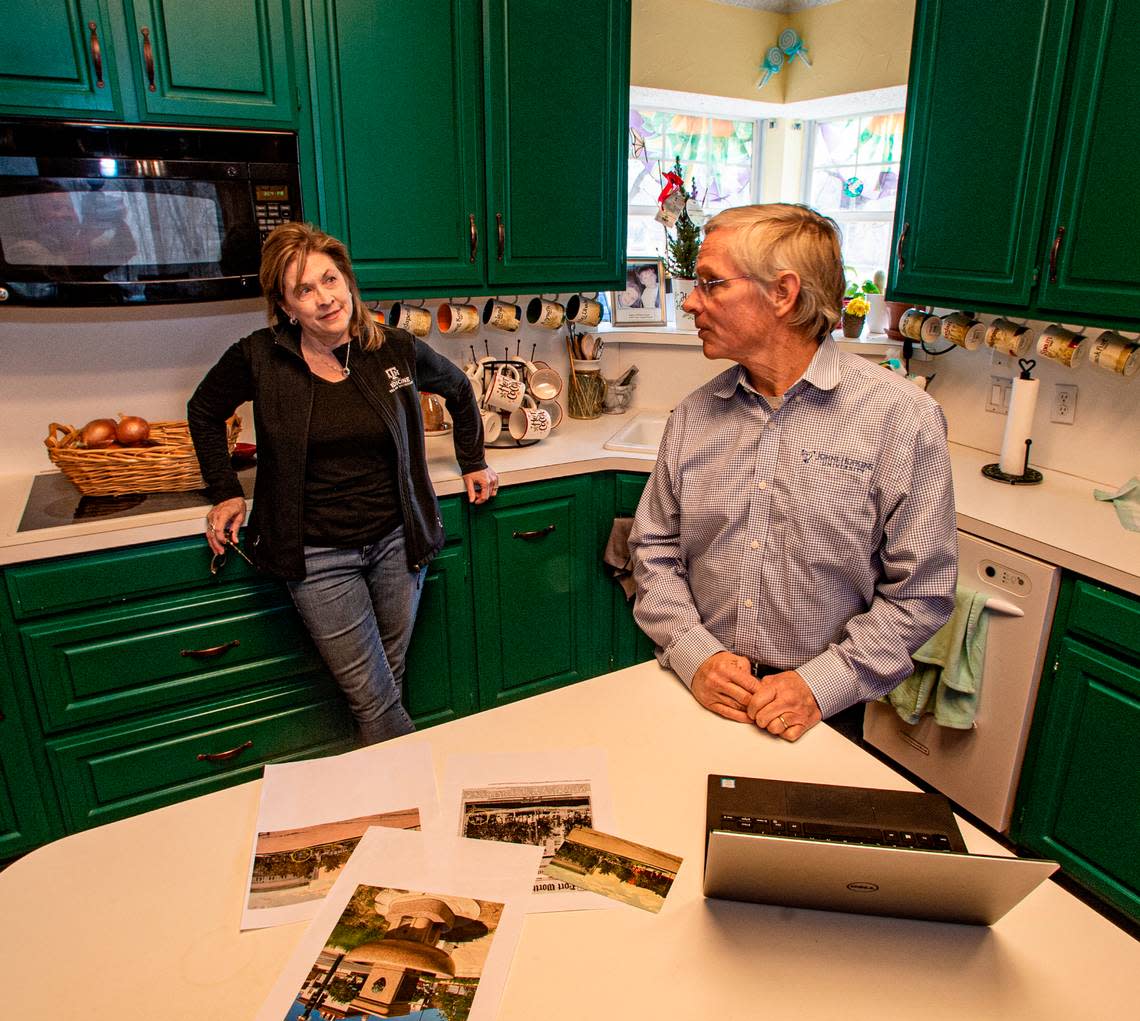
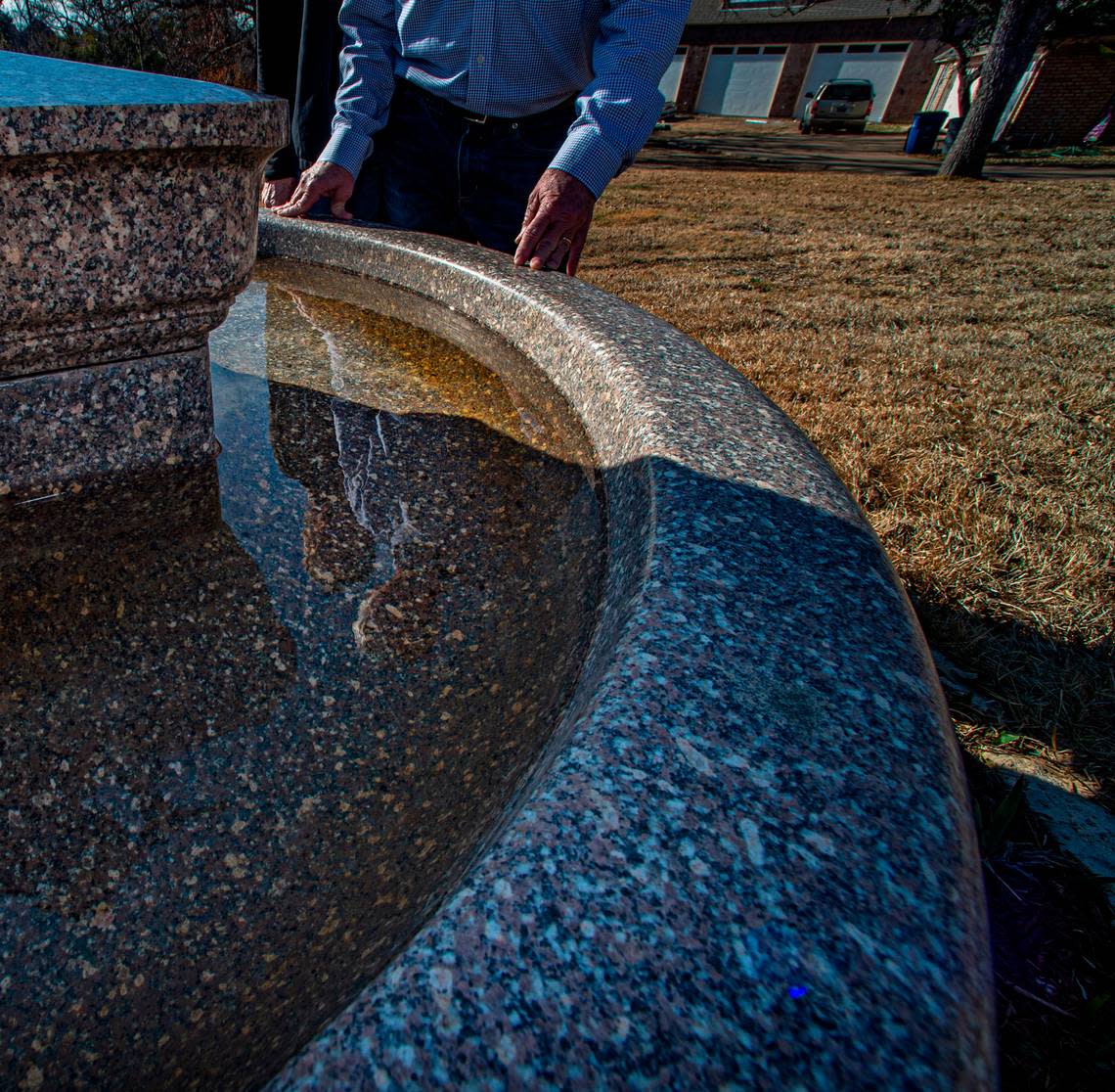
Using a tractor to lift the bowl out of the ground and a wrecker to transport it, the couple moved the three-ton bowl to their home. David built a concrete stand, replumbed the bowl and added a statue to the cap, which he said can be easily removed.
Despite making the fountain operational, the Hunns remained curious about the history of their new find.
“Over the years I was thinking, ‘This fountain is so interesting, I wonder if it’s true what [the rancher] said and I wonder where it was,’” David said.
A continuous search through the years led the couple down a rabbit hole searching for any information available on historic fountains in Fort Worth. Kay said as the Internet advanced it made more information available than before.
After 32 years, the couple recently discovered the granite bowl was part of the only National Humane Alliance fountain donated to Fort Worth.
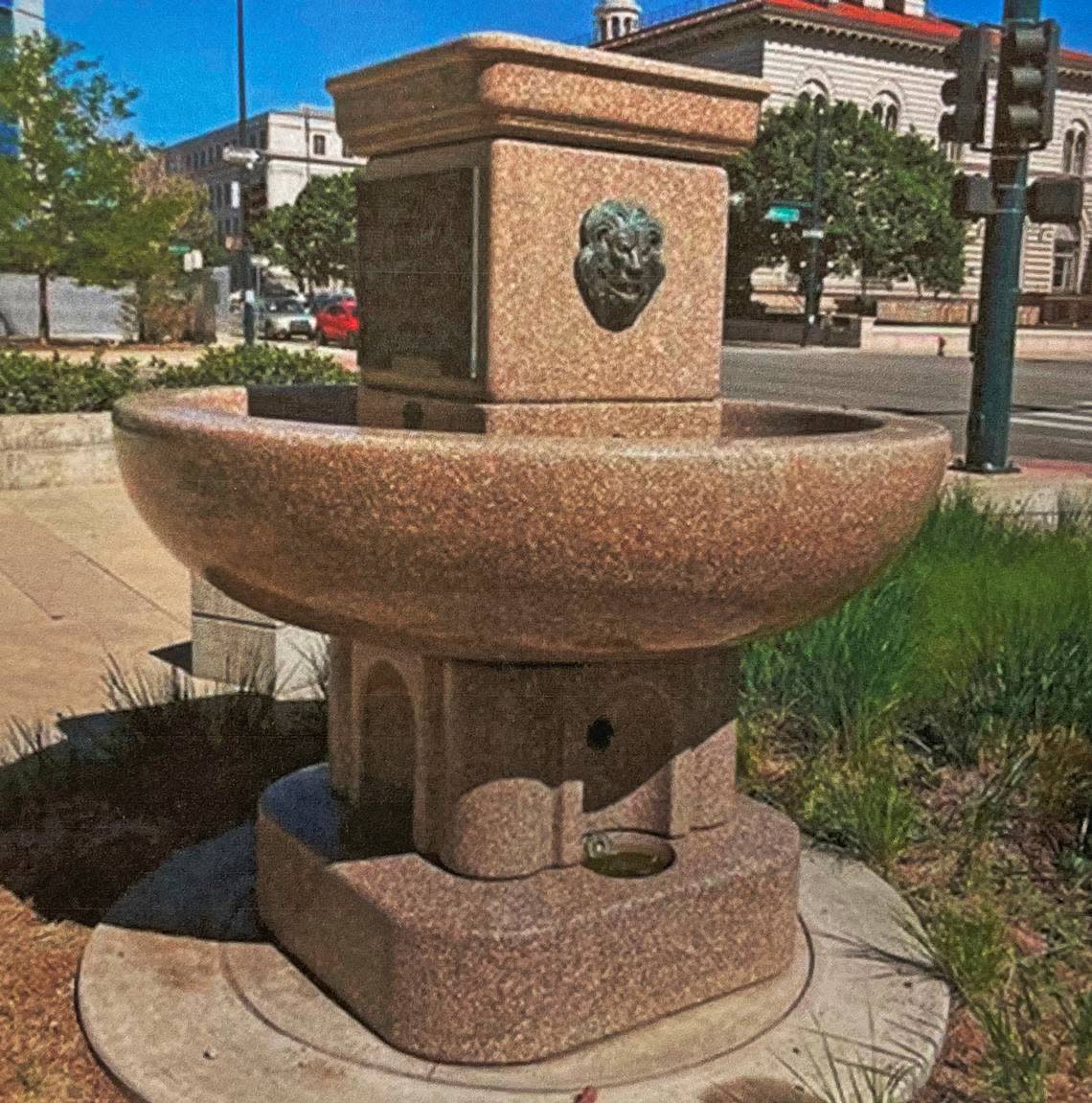
National Humane Alliance fountains were for horses and other animals
Before North Texas roadways were congested with automobiles, vehicles ran on literal horsepower.
When the founder of the National Humane Alliance, Hermon Lee Ensign, died in 1899 he left money for the alliance to donate fountains so horses and other animals could have access to water in urban areas in cities across the United States.
The five -ton granite structures have lion head spouts that fill a bowl that are six feet in diameter, with smaller bowls at the bottom meant for dogs, cats and small animals.
Once automobiles made the horse drawn carriage obsolete, the fountains were torn down and forgotten.
It wasn’t until Derby, Connecticut resident John Walsh started an online history quiz for his city that he started researching the Derby NHA fountain which he usually drove past without a second glance.
His research prompted restoration efforts for the Derby fountain, which was moved to a greenway. The lion head sculpture spouts were replicated and running water piped in.
His research into the Derby fountain 20 years ago kicked off his search for the rest of the estimated 140 fountains distributed across the United States.
“It’s become—some people might call it an obsession—but it’s been a hobby,” Walsh said.
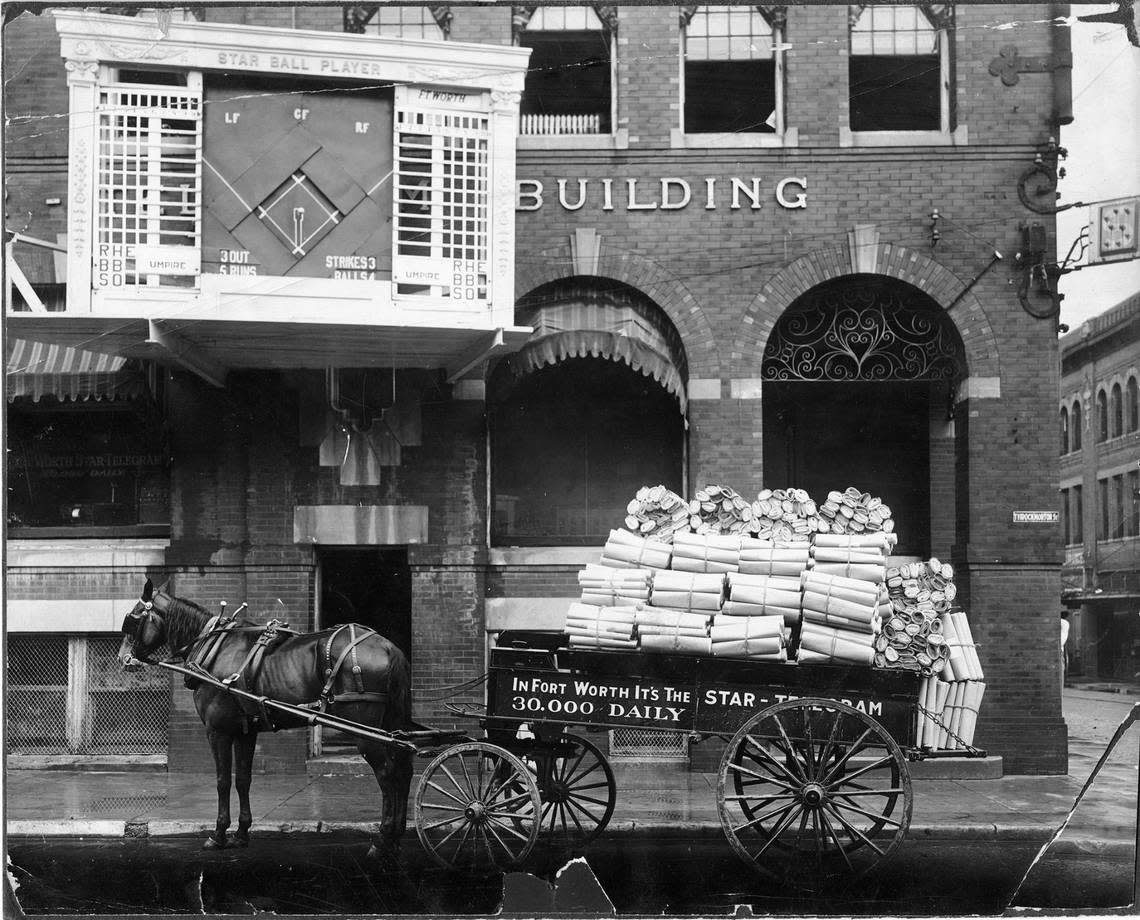
Fort Worth fountain installed in 1910
Although the National Humane Alliance disbanded by the 1920s, a hundred years later Walsh continues to keep their legacy alive by documenting all the confirmed fountains found around the country.
Until the Hunns contacted Walsh about their fountain piece, there were five confirmed NHA fountains in Texas, located in Dallas, Denton, Waco, El Paso and Georgetown.
“I never included Fort Worth on my list because I couldn’t find the evidence,” Walsh said, recalling what he told David. “I did find a reference … written in saying ‘Fort Worth’ but I’ve been doing research and I could never find the Fort Worth fountain.”
Fort Worth’s NHA fountain was installed in 1910, located at the corner of Jennings Avenue and Throckmorton Street by St. Patrick’s Cathedral. In 1926, it was taken down to widen the area roadways, according to Star-Telegram archives.
Using newspaper clippings Kay found — documenting the existence of the Fort Worth NHA fountain and measuring the diameter of the bowl — Walsh was able to confirm its authenticity. For David and Kay, the confirmation is only the beginning of a new journey.
Now that the granite bowl has been confirmed as a NHA piece, David said the couple hopes others may know what happened to the granite stand, small bowls and fountain top with lion head spouts.
“Is it in somebody’s garden locally? Does another rancher have those? Is it in some dusty Indiana Jones warehouse in Fort Worth somewhere just sitting?,” David said. “It would be nice to find that and reunite it all so the entire Fort Worth fountain could be preserved.”
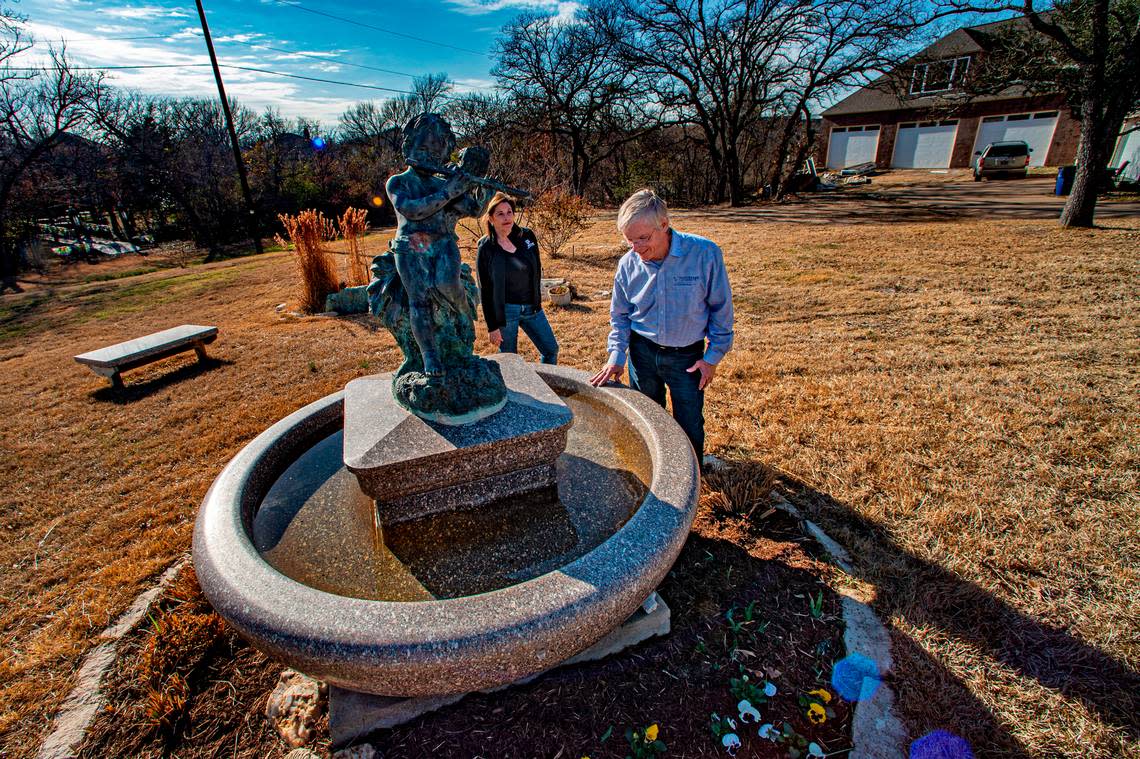
Kennedale couple hope to piece together this Fort Worth relic
John Roberts, of Historic Fort Worth, said there were at least three other fountains, not associated with NHA, around the city in the late 19th and early 20th centuries located on Lancaster Avenue, in the Stockyards and at the Tarrant County Courthouse.
Arthur Weinman, Tarrant County Historical Commission member, said in the 1890s to 1910s, the Fort Worth City Council was dominated by livery stable owners who charged a penny or two for people to water their horses when no free public fountains were available.
Four fountains were put on private property in Fort Worth to give travelers a free option for giving their horses a drink, Weinman said.
“Horse fountains were put in pretty late as far as horses were concerned,” he said. “Horses were kind of on their way out by 1910. They were becoming less and less of an issue and livery stables, which had been a big business up until that time, actually faded into the background as you got into the 1920s and so forth, so it wasn’t so much of an issue then.”
While the horse fountains were scrapped or destroyed in the 1920s, the county courthouse’s fountain was later restored by Weinman and completed in 2000.
Once David and Kay Hunn find the missing parts to their NHA fountain, it will be another piece of long-lost Fort Worth history restored.
David said if the city was interested in taking the fountain back once completed he would be interested in making sure its preserved and not disposed of again.
For Walsh, the Hunn’s discovery along with his own search for NHA fountains come full circle with the history of technology.
“Technology made [the fountains] obsolete and yet it’s technology that made it possible for me to find these,” he said.
